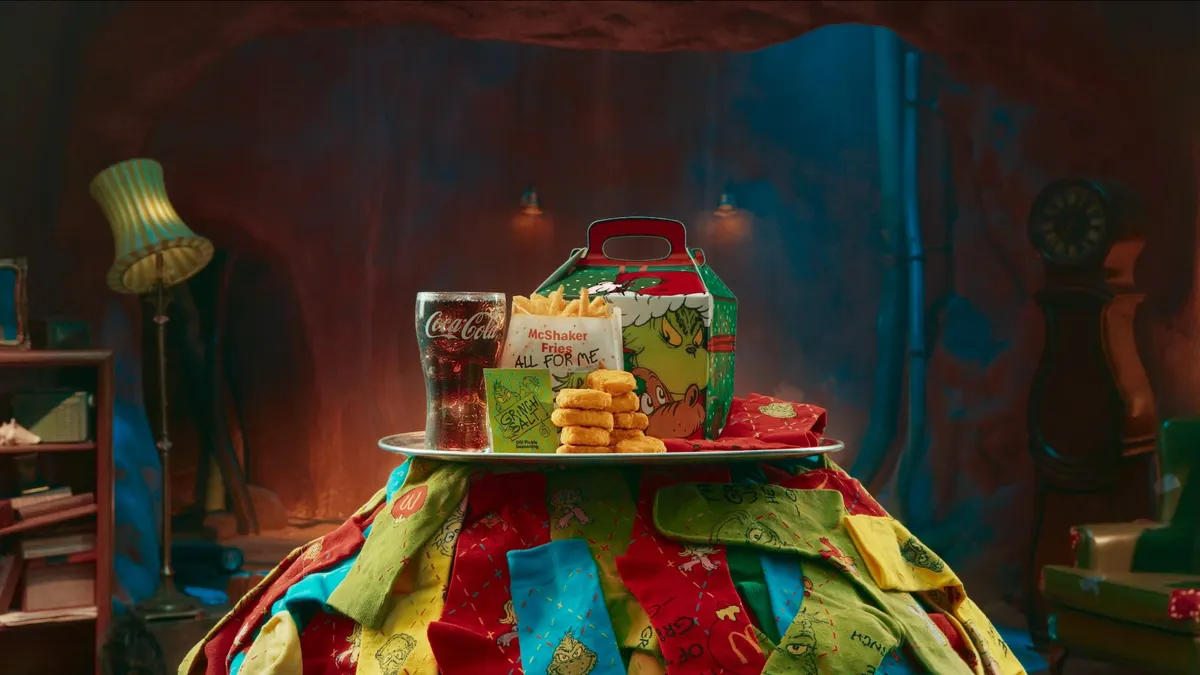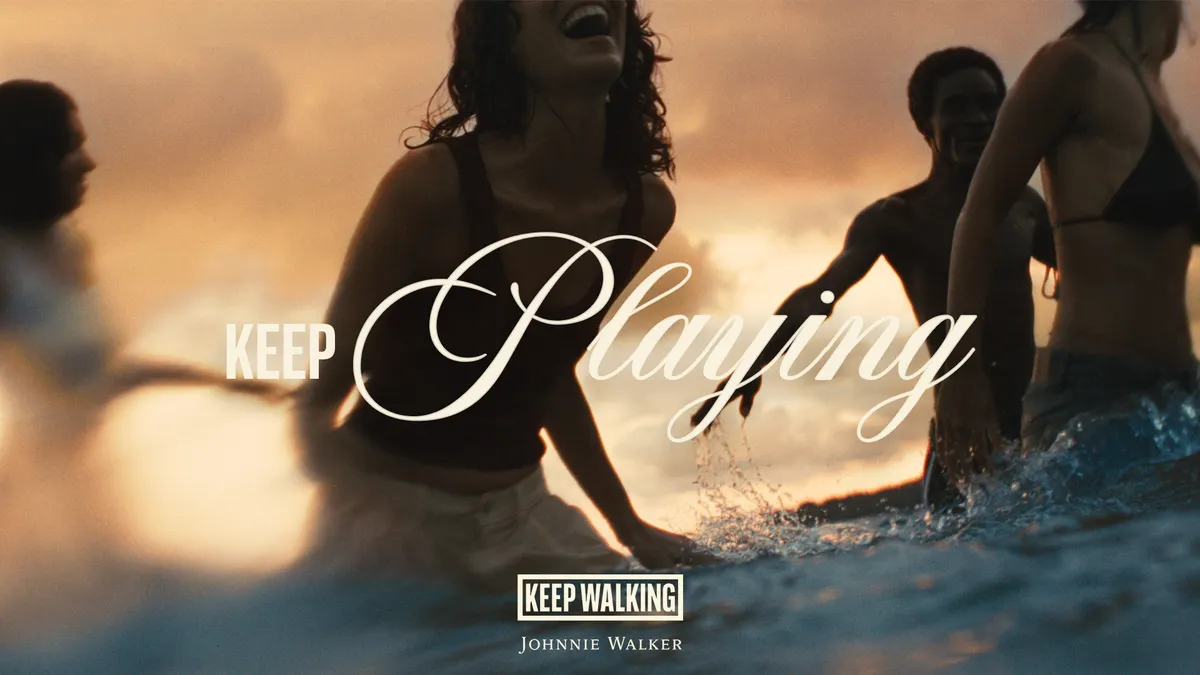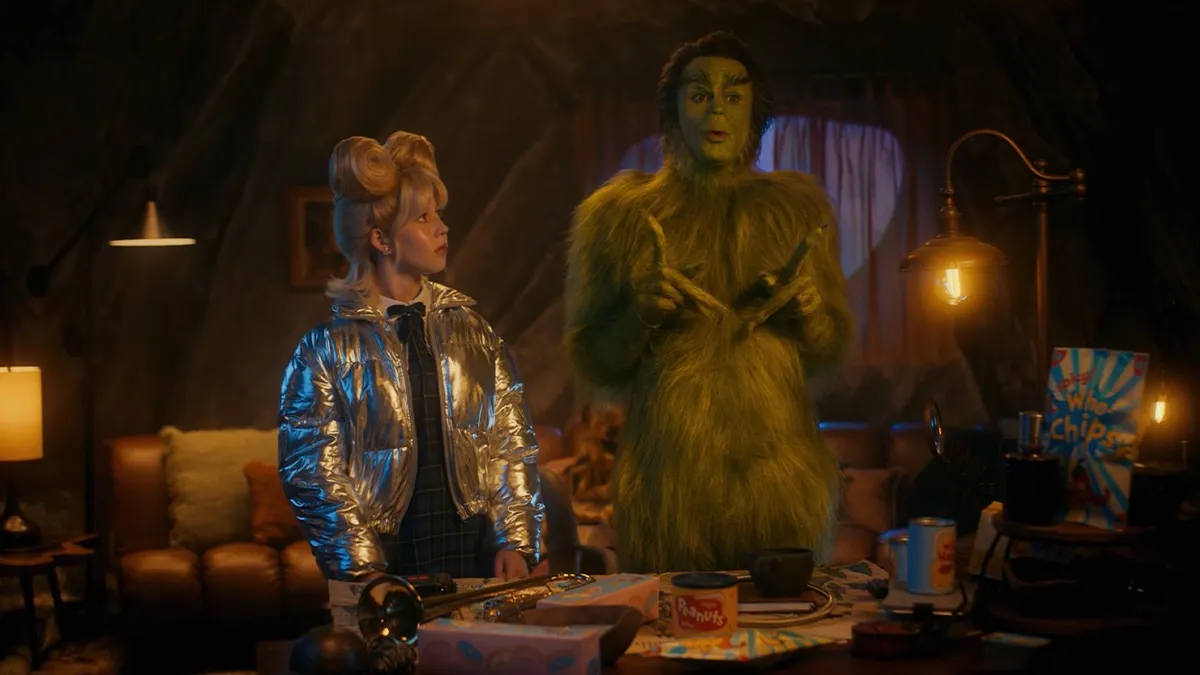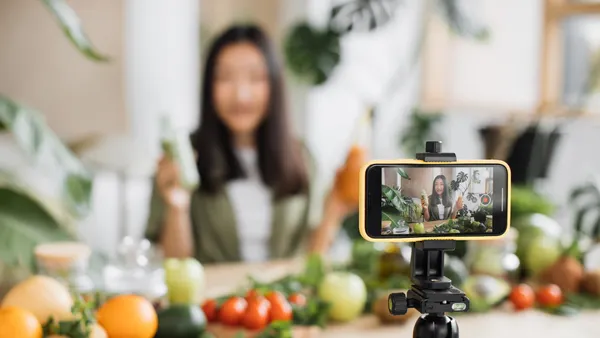The following is a guest post from Stefan Tauber, experience strategist at agency Set Creative.
Experience marketing may be on the rise, but that doesn't mean that marketers aren't being smart with their money. When planning an event or pop-up activation, CMOs have gotten more savvy about nailing down the hard numbers that justify their spend. They want to know how many people they can expect, what the impact of their visit will be and if they'll tell their friends on social and IRL (in real life).
The problem is that physical activations and pop-ups have seldom been translated into hard numbers. Brands once measured their success on a single attribute: attendance. A long line leading around the block was the ultimate signifier of success and often merely having a pop-up and existing in real life checked all the boxes. However, with more brands embracing physical experiences and CMOs allocating more of their beloved budgets to them, the ways to measure those types of activations and events has needed to mature.
Enter the "return on experience," or ROE, one answer to successfully measuring the direct impact of a brand experience on a consumer.
Like ROI, ROE represents a standard formula for quantifying the success of any experience, proving the direct impact of a brand experience on a consumer, some that can only be measured if a human actively engages with the experience. In that sense, it's the only active measure of engagement that promises to refine the experience industry for the digital age.
Defining 'return on experience'
To date, ROI has been the go-to efficiency measure for brands, and it's easy to see why. The equation is simple: Brands spend dollars on extensive ad spots and campaigns that they hope millions of consumers will see. The ROI is then measured across media channels in terms of eyeballs, impressions and reach — all passive measures of engagement. The brand's effort and reach start and end with the content the brand provided. ROI is a solid measure for ads, but it utterly fails in assessing the impact of physical experiences. With that in mind, ROE can't solely be seen as an infantile unit of measurement, but rather, as a reliable tool that stands tall next to ROI. Brand experiences, however, are less passive, which can make it complicated for brands when it comes to measuring impact. They rely on consumers to actively participate, co-create and share each moment, demanding a more compatible, effective form of measurement.
So how is ROE quantifiable? It captures, attributes and measures the entire short- and long-term impact experiences have on consumers and how they are amplified across a network online and in real life. Separated into two phases (attraction and connection), experiences use a combination of digital and analog tracking methods to measure total attendance, RSVP conversion rates, total time spent at an experience, social reach and share rate, content type, word of mouth and more, putting them through a formula that then quantifies the experience's overall effectiveness.
What makes ROE different?
The foundation of the ROE measurement method itself isn't anything fundamentally new. Marketers have used similar methods to track reach and impressions throughout digital channels for years. However, within a digital realm, they truly only tracked devices and digital engagements, not actual humans.
Measuring ROE is significantly more complex than tracing online journeys and using digital turnkey solutions to assess ROI. In a physical space, measurements are both qualitative and quantitative and only a few marketers have actually attempted to measure the ROE of physical experiences — and more so, their impact on digital sharing.
Another variance in ROE is the way quantitative data for attendance is handled. In a digital context, the ROI of an ad ends with a view or click. Consumers rarely share ads, let alone talk about them with friends. Attendance in an ROE-measured event, however, doesn't just end with a customer walking into the experience. That's just the beginning of an amplification process that also considers word-of-mouth, time spent with the brand during the experience and shareability throughout.
A true form of experience measurement
Brands must plan well ahead of launching any activation, event or pop-up to lay out the infrastructure for a successful measuring process. It's quite possible, for instance, that an event with a long line may have a severely low ROE because lackluster brand experiences trigger absolutely no sharing or interaction. In that sense, ROE can be a very accurate and unforgiving measure. But what CMOs should also recognize is that ROE is arguably the only self-driven and uninterrupted human measuring method when it comes to physical brand experiences. It's where the true value of these experiences comes into play.
Unlike digital or traditional ads, brand experiences touch consumers on a more visceral, full-sensory level. A positive experience at a brand's activation will trigger consumer sharing, sampling and hopefully, a purchase. While ROE doesn't necessarily provide all of the hard numbers marketers crave, it can more effectively shed light on experience conversion rate, from physical attendance to social shareability to continuing brand engagement. In an industry where the ROI model is hard to compute, ROE offers its own unique set of insights and data, giving marketers a valuable tool to learn how consumers actually engage with and experience their brand. That in itself is worth justifying.





















